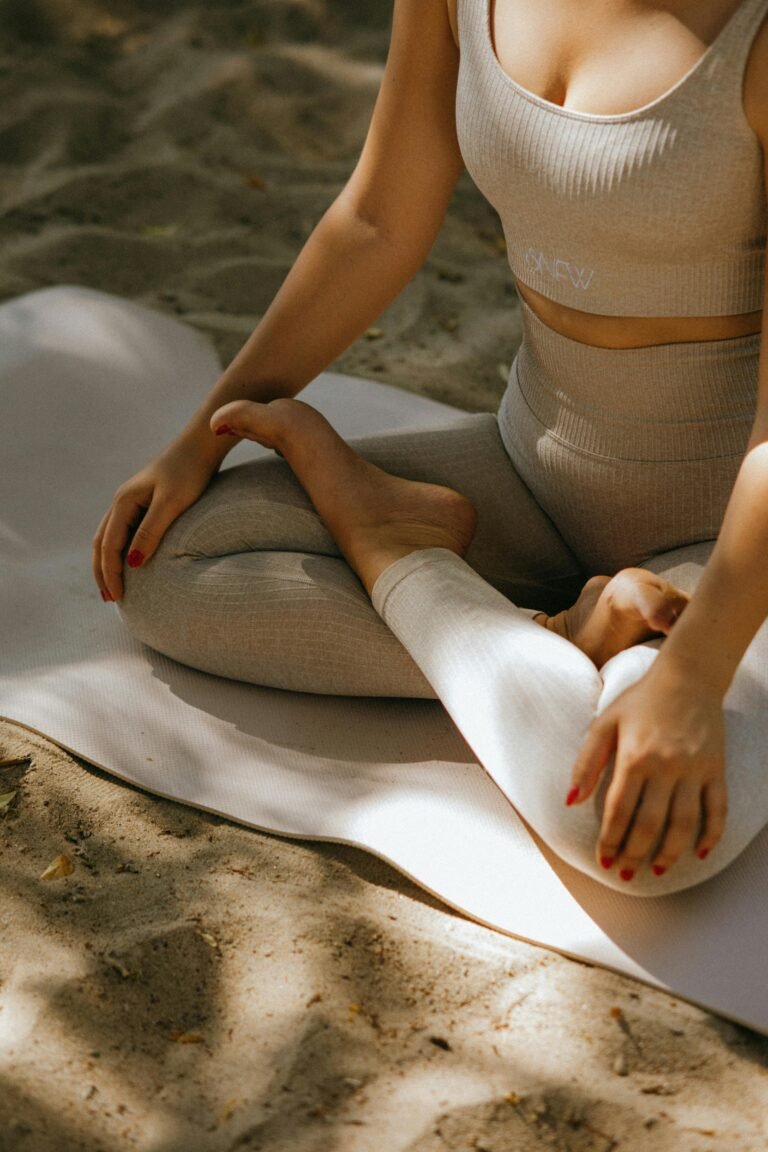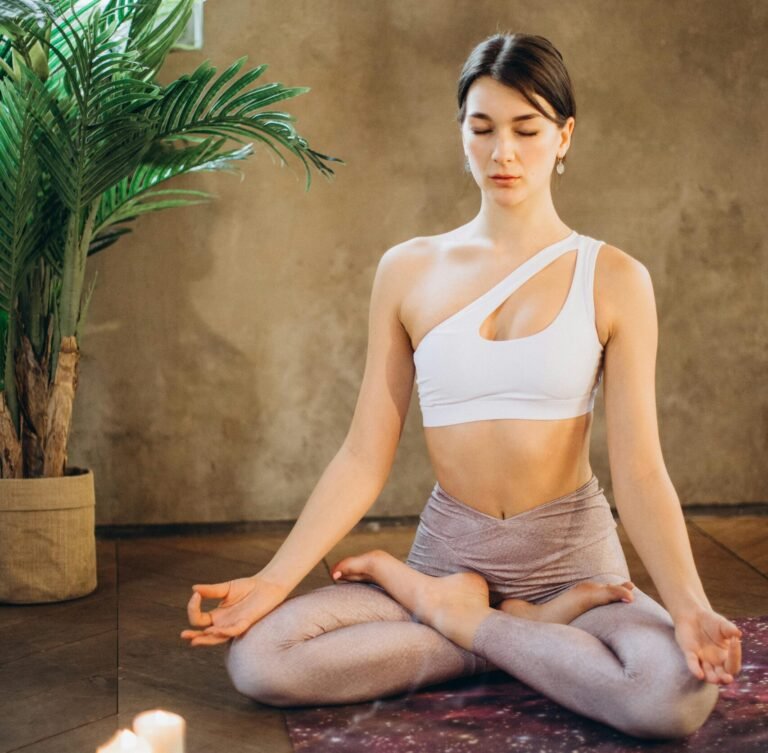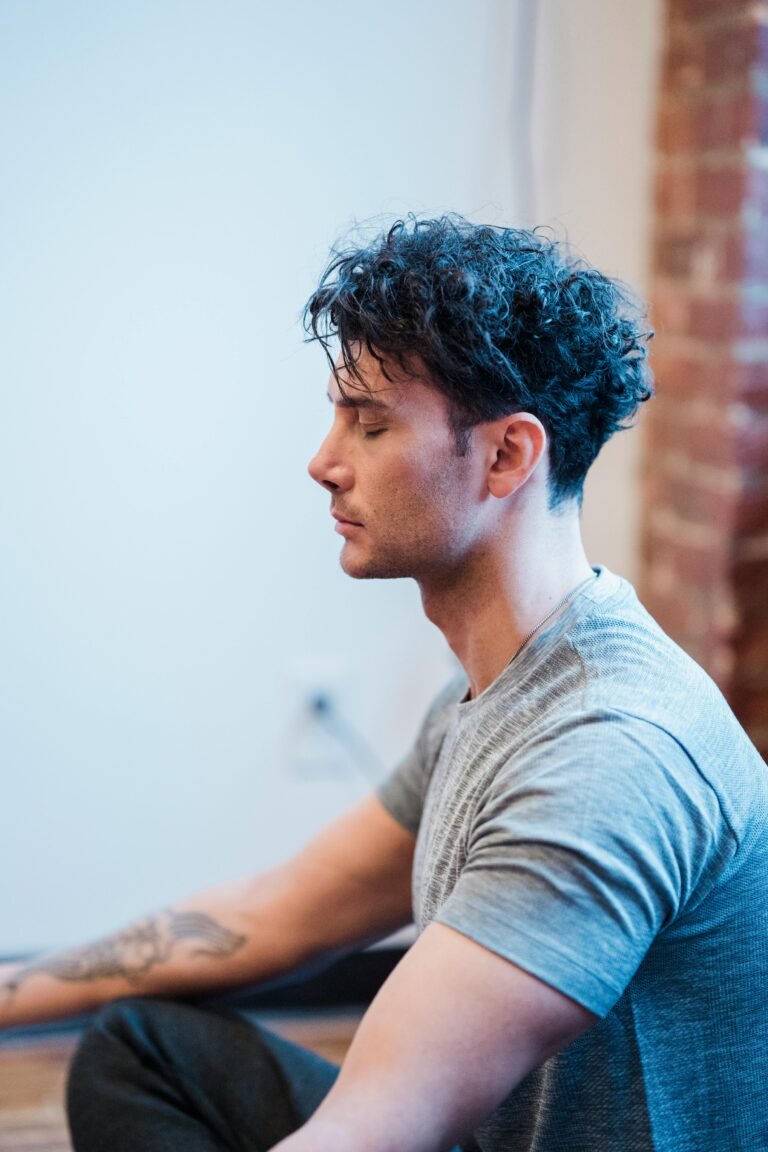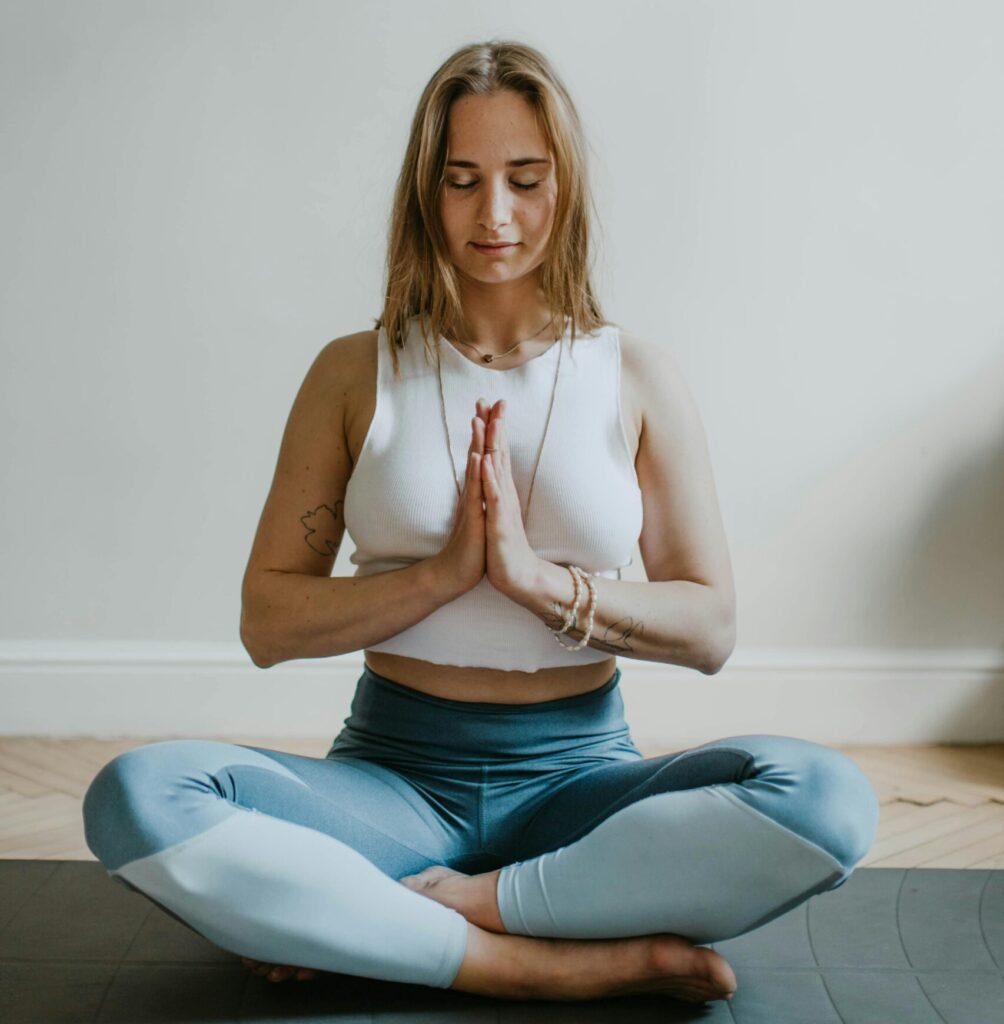Table of Contents
In today's busy world, it's crucial to carve out some time for peace and calm. Yoga meditation poses provide a haven amidst the hustle and bustle, allowing us to reconnect with our inner selves and find tranquility. This article delves into the importance of these poses, the different types available, and tips on integrating them into your everyday life. meditation yoga pose
let’s explore
Importance of Yoga Meditation Pose
Physical Benefits
Yoga meditation pose not only promotes relaxation but also helps improve flexibility, strengthen muscles, and enhance posture. By sitting in a grounded position with a straight spine, tension in the body gradually melts away, leaving you feeling rejuvenated and energized.
Mental Benefits
The practice of yoga meditation pose is deeply intertwined with mindfulness, allowing practitioners to quiet the incessant chatter of the mind and experience a sense of calm. Regular meditation has been shown to reduce stress, anxiety, and depression, while promoting mental clarity and emotional well-being.
Spiritual Benefits
Beyond its physical and mental benefits, yoga meditation pose serves as a gateway to spiritual growth and self-discovery. By delving inward and exploring the depths of one’s consciousness, practitioners can uncover profound insights and connect with their innermost essence.

How to Practice Yoga Meditation Pose
Find a Quiet Space: Choose a quiet and peaceful area where you can practice without distractions. It could be a corner of your living room, a dedicated yoga space, or even outdoors if weather permits.
Sit Comfortably: Begin by sitting on the floor with your legs stretched out in front of you. Sit up tall with your spine straight and your shoulders relaxed.
Bend Your Right Knee: Bend your right knee and hug it towards your chest. Place your right foot on top of your left thigh, bringing your right heel as close to your navel as possible.
Bend Your Left Knee: Now, bend your left knee and cross your left foot over your right thigh. Bring your left heel close to your right hip, ensuring that both knees are resting on the floor.
Adjust Your Position: Once you’ve crossed your legs, take a moment to adjust your position if needed. Your shins should be parallel to the floor, and both knees should ideally touch the ground.
Place Your Hands: Rest your hands on your knees, with your palms facing upward. Alternatively, you can place your hands in a mudra (hand gesture) of your choice, such as Chin Mudra or Gyan Mudra, to enhance your meditation practice.
Straighten Your Spine: Lengthen your spine upward, imagining a string pulling the crown of your head towards the ceiling. Engage your core muscles slightly to support your lower back.
Relax Your Shoulders: Let your shoulders relax down away from your ears. Allow your chest to open up and your heart to shine forward.
Close Your Eyes: Close your eyes gently and soften your gaze inward. Allow your eyelids to become heavy, inviting a sense of inner stillness and introspection.
Breathe Mindfully: Bring your awareness to your breath, observing the natural rhythm of inhalation and exhalation. Take slow, deep breaths, allowing each inhale to fill you with energy and each exhale to release tension and stress.
Maintain the Pose: Hold the Lotus Pose for as long as feels comfortable for you. Start with a few minutes and gradually increase the duration as you become more accustomed to the posture.
Release the Pose: To release the pose, gently uncross your legs and extend them out in front of you. Shake out your legs if needed, and take a moment to notice how you feel after practicing Padmasana.
Repeat on the Other Side: If desired, you can repeat the pose on the other side by switching the position of your legs, placing your left foot on top of your right thigh and your right foot on top of your left thigh.
End with Relaxation: After practicing Lotus Pose, take a few moments to rest in a comfortable seated position or lie down in Corpse Pose (Savasana) to allow your body and mind to integrate the benefits of your practice.
Practice Regularly: Consistency is key to experiencing the full benefits of Lotus Pose. Aim to incorporate this pose into your daily yoga or meditation routine to cultivate a sense of inner peace and harmony.
By following these detailed steps, you can practice the Lotus Pose (Padmasana) with confidence and ease, allowing yourself to fully immerse in the transformative power of this ancient yoga meditation pose.

Read About” Star Yoga Pose: Techniques, Tips, Benefits and Variations” CLICK
Different Yoga Meditation Poses
Lotus Pose (Padmasana):
- Promotes deep relaxation and concentration by grounding the body and calming the mind.
- Stretches the hips, knees, and ankles, helping to increase flexibility in these areas.
- Symbolizes purity and enlightenment in traditional yoga philosophy, making it a sacred and revered posture for meditation.
Easy Pose (Sukhasana):
- Provides a comfortable and accessible seated position for meditation, suitable for practitioners of all levels.
- Opens up the hips and lengthens the spine, promoting good posture and alignment during meditation.
- Encourages a sense of ease and relaxation, making it ideal for beginners or those with physical limitations.
Seated Forward Bend (Paschimottanasana):
- Calms the nervous system and soothes the mind, making it an excellent preparatory pose for meditation.
- Stretches the entire back body, including the spine, hamstrings, and calves, releasing tension and promoting flexibility.
- Cultivates introspection and inward focus, as the practitioner folds forward and directs their attention inward during the pose.
Advanced Variations
For those looking to deepen their practice, advanced variations of yoga meditation pose offer new challenges and opportunities for growth. From the graceful Full Lotus Pose to the invigorating Supported Headstand, there are endless possibilities for exploration and expansion.
Common Mistakes to Avoid
When practicing yoga meditation pose, it’s important to approach with awareness and caution. Avoid forcing your body into uncomfortable positions, and be mindful of any tension or strain you may be holding. Focus on proper alignment and listen to your body’s signals to prevent injury and promote a safe and sustainable practice.
Benefits of Regular Practice
The benefits of yoga meditation pose extend far beyond the physical realm, permeating every aspect of our being. By committing to a regular practice, you can experience increased flexibility and strength, reduced stress and anxiety, and enhanced focus and concentration.
Integrating Yoga Meditation Pose into Daily Routine
To reap the full benefits of yoga meditation pose, it’s essential to integrate it into your daily routine. Set aside dedicated time each day for meditation, whether it’s first thing in the morning, during your lunch break, or before bed. By making meditation a priority, you can cultivate a sense of peace and presence that will permeate every aspect of your life.

Understanding the Mind-Body Connection
At the heart of yoga meditation pose lies the profound connection between mind and body. By cultivating awareness of our breath and sensations in the body, we can tap into a deeper understanding of ourselves and our place in the world.
Overcoming Challenges in Meditation
Meditation is not always easy, and it’s natural to encounter challenges along the way. Whether it’s dealing with distractions or managing discomfort, learning to navigate these obstacles with grace and resilience is an integral part of the practice.
Conclusion
In conclusion, yoga meditation pose offers a powerful antidote to the stresses and strains of modern life. By embracing stillness and silence, we can tap into a wellspring of inner peace and wisdom that lies dormant within us all. Whether you’re a seasoned practitioner or a curious beginner, there’s never been a better time to explore the transformative power of yoga meditation pose.
FAQ
Most frequent questions and answers
Trust your experience. Focus on your breath, let thoughts pass without judgment, and observe feelings of calmness and clarity.
Yes, lying down is an option, but it may lead to drowsiness. Sitting with a straight spine is typically recommended for alertness and focus. dapibus leo.
Yes, it can happen, especially if you’re tired. Try meditating at a time when you’re more awake, or sit up straight to stay alert.
Start with short sessions, like during breaks or in the morning. Consistency matters more than duration, so even a few minutes can be beneficial. ullamcorper mattis, pulvinar dapibus leo.
Absolutely! Meditation can be adapted for all ages and abilities. Simplify techniques for children and accommodate physical limitations for seniors. dapibus leo.
- The duration of meditation can vary depending on individual preferences and schedules. It’s generally recommended to start with 5-10 minutes per day and gradually increase the duration as you become more comfortable with the practice. Some practitioners aim for 20-30 minutes of meditation daily, while others may find benefit from shorter, more frequent sessions throughout the day.








[…] READ ABOUT “Yoga Meditation Pose: Variations, Tips, Benefits and Techniques” CLICK […]